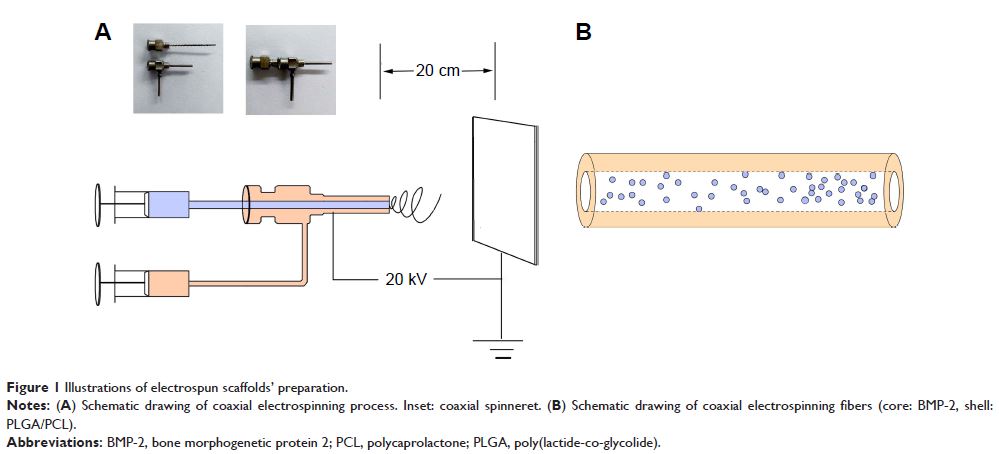9 0 6 7 6
论文已发表
注册即可获取德孚的最新动态
IF 收录期刊
- 2.6 Breast Cancer (Dove Med Press)
- 3.9 Clin Epidemiol
- 3.3 Cancer Manag Res
- 3.9 Infect Drug Resist
- 3.6 Clin Interv Aging
- 4.8 Drug Des Dev Ther
- 2.8 Int J Chronic Obstr
- 8.0 Int J Nanomed
- 2.3 Int J Women's Health
- 3.2 Neuropsych Dis Treat
- 4.0 OncoTargets Ther
- 2.2 Patient Prefer Adher
- 2.8 Ther Clin Risk Manag
- 2.7 J Pain Res
- 3.3 Diabet Metab Synd Ob
- 4.3 Psychol Res Behav Ma
- 3.4 Nat Sci Sleep
- 1.9 Pharmgenomics Pers Med
- 3.5 Risk Manag Healthc Policy
- 4.5 J Inflamm Res
- 2.3 Int J Gen Med
- 4.1 J Hepatocell Carcinoma
- 3.2 J Asthma Allergy
- 2.3 Clin Cosmet Investig Dermatol
- 3.3 J Multidiscip Healthc

拥有负载 BMP-2 的核壳纳米纤维的热诱导自聚集 3D 支架,用于增强大鼠脂肪源性干细胞的成骨分化
Authors Hu S, Chen H, Zhou X, Chen G, Hu K, Cheng Y, Wang L, Zhang F
Received 4 March 2018
Accepted for publication 12 May 2018
Published 17 July 2018 Volume 2018:13 Pages 4145—4155
DOI https://doi.org/10.2147/IJN.S167035
Checked for plagiarism Yes
Review by Single-blind
Peer reviewers approved by Dr Thiruganesh Ramasamy
Peer reviewer comments 2
Editor who approved publication: Dr Linlin Sun
Introduction: Scaffold structure plays a vital role in cell behaviors. Compared
with two-dimensional structure, 3D scaffolds can mimic natural extracellular
matrix (ECM) and promote cell–cell and cell–matrix interactions. The
combination of osteoconductive scaffolds and osteoinductive growth factors is
considered to have synergistic effects on bone regeneration.
Materials and
methods: In this study, core–shell
poly(lactide-co-glycolide) (PLGA)/polycaprolactone (PCL)–BMP-2 (PP–B) fibrous
scaffolds were prepared through coaxial electrospinning. Next, we fabricated 3D
scaffolds based on PP–B fibers with thermally induced self-agglomeration (TISA)
method and compared with conventional PLGA/PCL scaffolds in terms of scaffold
morphology and BMP-2 release behaviors. Then, rat adipose-derived stem cells
(rADSCs) were seeded on the scaffolds, and the effects on cell proliferation,
cell morphology, and osteogenic differentiation of rADSCs were detected.
Results: The results demonstrated that 3D scaffold incorporated with BMP-2
significantly increased proliferation and osteogenic differentiation of rADSCs,
followed by PP–B group.
Conclusion: Our findings indicate that scaffolds with 3D structure and
osteoinductive growth factors have great potential in bone tissue engineering.
Keywords: BMP-2, core–shell scaffolds, 3D fibrous scaffolds, osteogenic
differentiation
